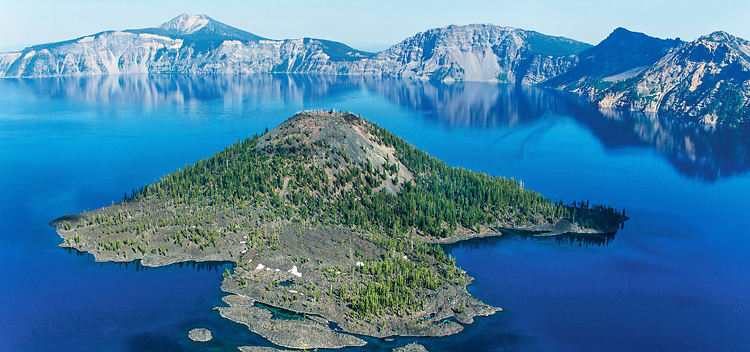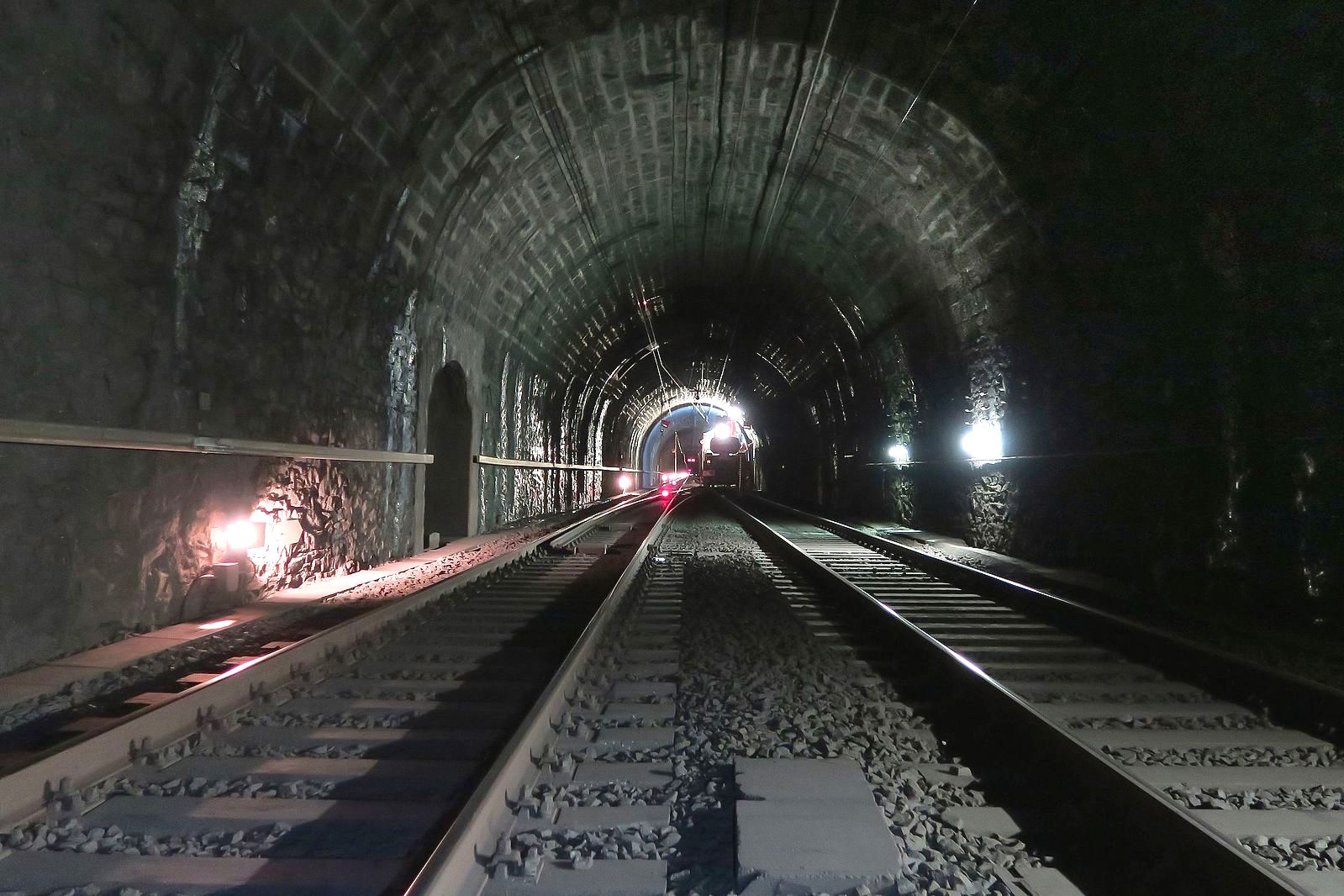Studies by Princeton’s Climate Central and the Potsdam Institute for Climate Impact Research and Physics Institute of Potsdam University, reveal how sea level rise might affect coastal cities. Inundations will change the lives and livelihoods of people from Bangkok to Boston, San Diego to Singapore. Predicted loss of the Antarctic iceberg and Larsen C ice shelf may lead to a rise in sea levels. Might a new era of coastal cities emerge, combining ancient responses by areas like the Netherlands, with futuristic floating cities envisioned by Kiyonori Kikutake? Will New York become the New Atlantis?
For more, “Carbon choices determine US cities committed to futures below sea level.” by Benjamin H. Strauss, Scott Kulp, and Anders Levermann, edited by James Hansen. PNAS, 3 November 2015, vol. 112, no. 44. http://www.pnas.org/content/112/44/13508.full.pdf.
Potsdam-Institut Für Klimafolgenforschung. https://www.pik-potsdam.de/institut/mission
VIDEO: “Larsen C iceberg about to break off Antartic shelf.” The Guardian. 6 January 2017, NASA: https://www.theguardian.com/environment/video/2015/may/15/antarctic-larsen-b-ice-shelf-nasa-video
Building the World Blog by Kathleen Lusk Brooke and Zoe G Quinn is licensed under a Creative Commons Attribution-NonCommercial-NoDerivs 3.0 Unported License.








